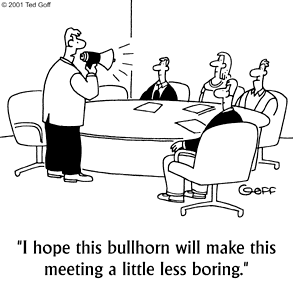The Montessori Summer Program concluded this past Friday on the plaza in front of Borough Hall in Brooklyn. We all go into

teaching searching for those
fulfilling moments. Some teachers receive letters or visits from former students letting us know the impact we had on their lives. Friday was one of those experiences that will be stored in the memory banks of the students and teachers for years to come. I know personally next year around February, when I’m beginning to loose faith in the system, I will look back and reflect on this experience.
Currently I am reading “
Whats Worth Fighting for in Our Schools” and at first glance the answer is simple to me ‘programs like the one we had this summer.’ It really was something special.
OK Brown, What was so special? Really nothing, the teachers took 48 students who for one reason or another were lacking in appropriate credit and decided to work 8 to 10 hours a day studying the Brooklyn Bridge. The intensive research was compiled into a book, published, and then distributed to the public by the students on the bridge. They also received instant feedback by on the booklets at
http://www.brooklyn-bridge.blogspot.com/ .
Using the model of backward design by Grant Wiggins as abbreviated at the ISA Summer Institute during the Terry Borne curriculum workshop the teachers of the Montessori Small Learning Community developed an
interdisciplinary masterpiece.
In a moment of complete serendipity I found myself sitting aside Jonathan Katz at dinner, and then attndeding his thematic workshop applying quadratic equations to the design of suspension bridges just 4 days prior to the launch of our project. He outlined how to get students to create blueprints then build their own models of suspension bridges. The teachers had been throwing around the idea of how to have the students create a model of a bridge but Katz really gave us the 'nutz and boltz' on how to accomplish this task.

The experience was incredible. We as a whole (teachers and students) applied quadratic formulas to graph parabolas and create blueprints for our own suspension bridges. We then became entrenched in the literacy of bridges. Words like: tower, vertical suspenders, anchorage, vertex, main span, side span, tetanus, caisson, and ratio all became part of our vernacular over the next nine days.
After watching Ken Burns’ documentary “
Brooklyn Bridge” (which airs routinely on PBS) the team of bridge investigators began to look more closely at NYC during the building of the Brooklyn Bridge. Using primary sources such as Roebling’s engineering reports to the trustees of Brooklyn and NYC, and many articles from the Brooklyn Eagle our students began to piece together the controversial history surrounding the construction of the Brooklyn Bridge.
Also inspired by the video students began to look more closely at the steel making process, the tidal region of the “East River”, and the devastating effects of decompression disease.
If this sounds all too much to attempt in 9 days with students who struggle in traditional school I would have agreed with you. However on July 14th the students had completed the booklets and distributed them to an impressed public.
 I picked a couple of quotes from the book, shared a personal reflection or classroom experience inspired by the quote and tried to keep the discussion positive. I am not suggesting you need to keep the conversation positive however remember it is easier to complain than to see the value in something.
I picked a couple of quotes from the book, shared a personal reflection or classroom experience inspired by the quote and tried to keep the discussion positive. I am not suggesting you need to keep the conversation positive however remember it is easier to complain than to see the value in something. 








